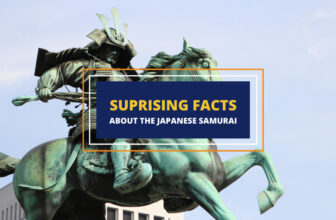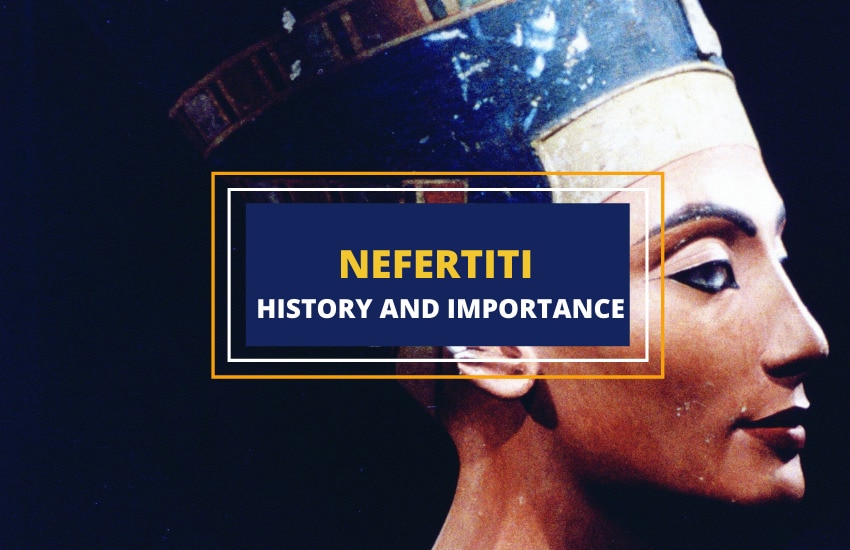
Table of Contents
Queen Nefertiti is one of the most famous female historical figures and one of the two most famous Egyptian queens together with Cleopatra. Unlike the latter who lived just some 2,050 years ago and whose life is therefore accurately recorded, Nefertiti lived almost 1500 years earlier. As a result, we know much less of the famous historical beauty’s life. What we do know or suspect, however, is quite a captivating and unique story.
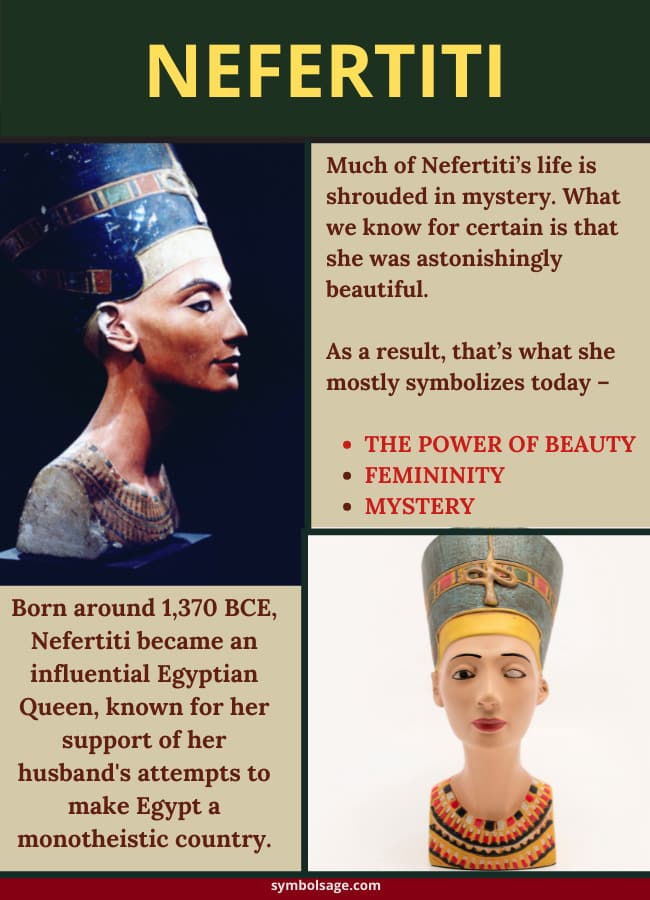
Who Was Nefertiti?
Nefertiti was an Egyptian queen and wife to the Pharaoh Akhenaten. She lived in the mid-14th century BC or about 3,350 years ago. It’s mostly undisputed that she was born in the year 1,370 BCE but historians disagree on the exact date of her death. Some are of the opinion that it’s 1,330, others 1,336, and some even speculate that she lived on even longer than that, possibly taking the guise of a future pharaoh.
What we do know for sure, however, is that she was astonishingly beautiful and admired for both her looks and her charisma. In fact, her very name means “A beautiful woman has come”. More than that, she was also a very strong woman who, historians believed, acted and ruled like her husband’s equal.
Together, Nefertiti and her husband Akhenaten even tried to establish a new religion in Egypt, discarding the country’s polytheistic views in favor of a monotheistic cult of the sun god Aten. For better or for worse, however, that didn’t go as planned.
What Does Nefertiti Symbolize?
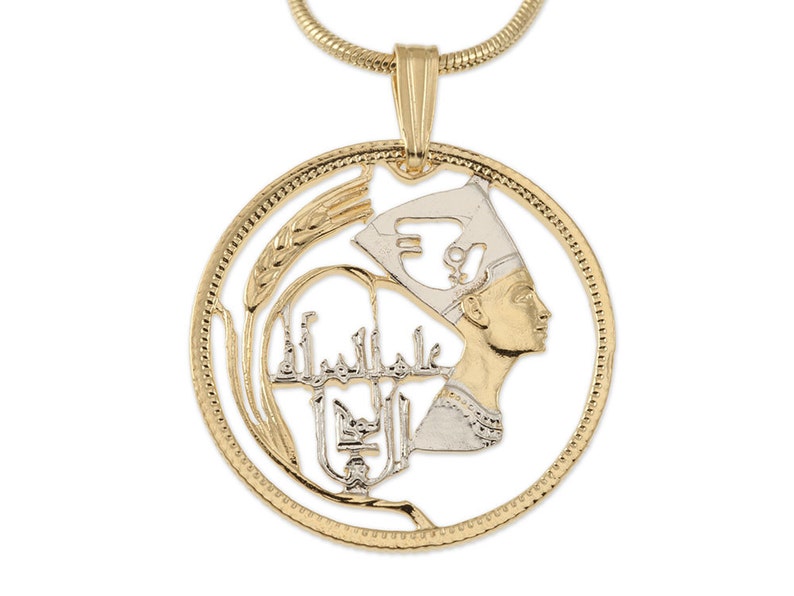

A lot of Nefertiti’s life is shrouded in mystery. What we know for certain is that she was astonishingly beautiful. As a result, that’s what she mostly symbolizes today – the power of beauty and femininity.
Nefertiti can also be seen as a symbol of mystery and of ancient Egypt itself. She’s often featured in artwork, décor items, and jewelry.
Nefertiti’s Origins
While historians seem certain that Nefertiti was born in 1,370 BCE, they are not exactly sure who her parents and family were.
Many believe that she was either a daughter or niece to a high-ranking court official named Ay. However, there isn’t much evidence for that. The main source people cite is that Ay’s wife Tey is called “nurse of the great queen”. That doesn’t really sound like a title you’d give to a queen’s parent.
Another theory is that Nefertiti and her husband, Pharaoh Akhenaten, were related – potentially brother and sister, half-siblings, or close cousins. The evidence for that is some DNA data showing that King Tutankhamun – the ruler who came to the throne some time after Akhenaten’s and Nefertiti’s rule – was born out of an incestuous relationship. So, given that Akhenaten and Nefertiti are likely (but not certainly) King Tut’s parents, then they must have been related.
Lastly, some scholars speculate that Nefertiti wasn’t actually Egyptian but came from a foreigh country, often presumed to have been Syria. However, there isn’t any conclusive evidence of that.
The Cult of the Sun God Aten
While people often talk about Nefertiti’s stunning beauty, the major accomplishment she tried to define her life with was the conversion of Egypt to a whole new religion.
Prior to the rule of Pharaoh Akhenaten and Queen Nefertiti, Egypt worshipped a vast polytheistic pantheon of gods with the sun god Amon-Ra at its forefront. However, Akhenaten and Nefertiti tried to shift the people’s religious view toward the more monotheistic (or, at least henotheistic or monolatry) cult of the sun god Aten.
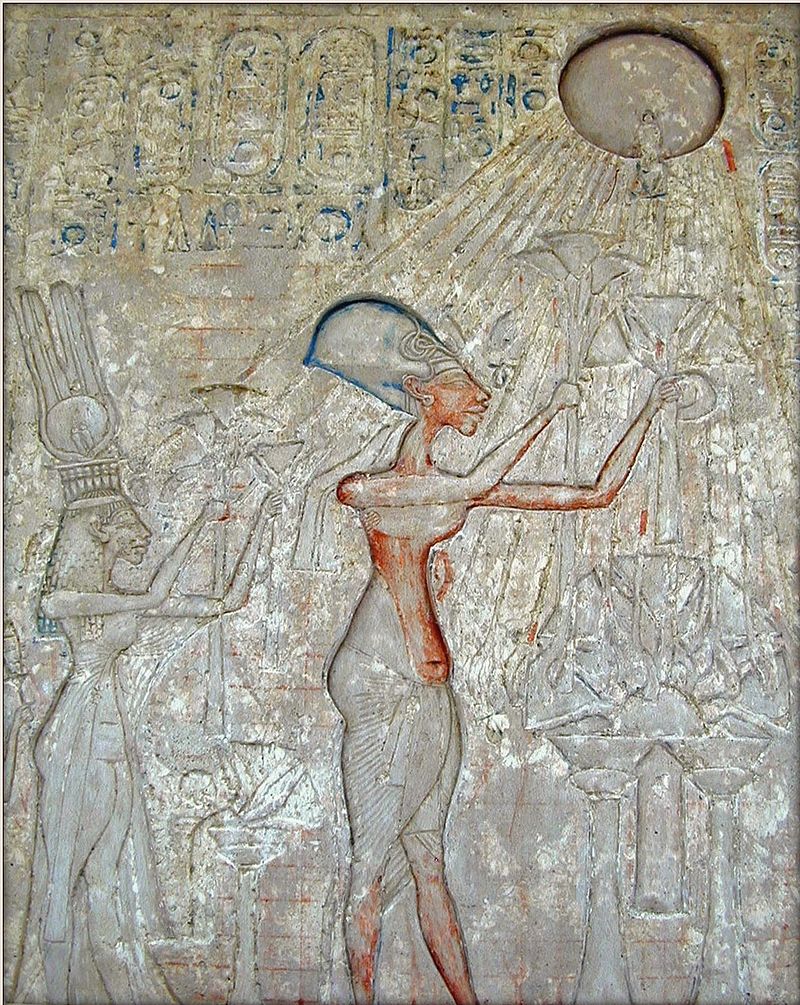
Aten or Aton was an Egyptian god before Akhenaten and Nefertiti too – he is the solar disk with hand-like rays often seen in Egyptian murals. However, Akhenaten and Nefertiti wanted to elevate Aten to the position of the only worshipped deity in Egypt.
The exact motives behind this attempted switch aren’t clear. It might have been political given that the royal couple also moved Egypt’s capital from the city of Thebes, where Amon-Ra’s cult was strong, to the newly established city of Akhetaton or “Horizon of the Aton”, known as el-Amarna today.
However, their motives could have also been genuine too, as they do seem to have passionately believed in Aten. In fact, their faith seems to have been so strong that they even changed their names to better reflect it. Akhenaten’s original name was actually Amenhotep IV but he changed it to Akhenaten as it meant “Effective for the Aten”. His original name, on the other hand, meant “Amon is satisfied” – Amon being another sun god. He probably didn’t like his original name if he truly favored one sun god over the other.
Nefertiti also changed her name. Her newly chosen name was Neferneferuaten, i.e. “Beautiful are the beauties of Aten”. She also seems to have gone by Neferneferuaten-Nefertiti.
Whether their motives were pure or political, the switch to a monotheistic cult didn’t work out in their favor. The people of Egypt largely despised the couple for turning their back on Egypt’s polytheism, even though Akhenaten and Nefertiti seem to have been loved as rulers otherwise.
So, unsurprisingly, once the two rulers passed away, Egypt reverted to polytheism with Amon-Ra at its center. Even the kingdom’s capital was moved back to Thebes by Pharaoh Smenkhkare.
Nefertiti’s Disappearance
As we noted above, Nefertiti’s exact time of death isn’t certain. That’s because we don’t even know how she died. As with her parentage, there are multiple different theories.
The reason for the lack of clarity is that Nefertiti simply vanishes out of the historical record some 14 years into her marriage with Akhenaten in 1,336 BCE. There just isn’t any mention of her death, departure, or anything of the sort.
Historians have quite a few theories. The most popular ones include:
Nefertiti was tossed aside.
Nefertiti fell out of favor with Akhenaten as she had given him six daughters but no male heir. So, Akhenaten possibly replaced her with his lesser wife Kiya, who had given him two sons and Egypt’s future rulers – Smenkhkare and Tutankhamun.
Other historians dispute the suggestion that Akhenaten would ever discard Nefertiti. They cite the fact that in all their years together, Akhenaten ruled with Nefertiti closely by his side as not just his first wife but an almost equal co-ruler. There are many murals, paintings, and statues that depict them riding chariots together, going into battle together, hugging and kissing in public, and talking with the court together.
Granted, the lack of a male heir must have strained their relationship given how important that was at the time. And, the fact that they did have six children means that they tried really hard for a boy. However, there’s no concrete proof that Akhenaten did discard Nefertiti from his side.
Nefertiti took her own life.
Something that is known as historical fact and that doesn’t go against the above theory is that one of Akhenaten’s and Nefertiti’s daughters passed away when she was just 13 years old. The girl was named Mekitaten and actually died in childbirth.
So, this theory suggests that Nefertiti was overcome with grief over her daughter’s death and took her own life. Some speculate that both this and the banishment theory were true and that Nefertiti was distraught because of both events.
Nothing really happened.
According to this theory, Nefertiti was neither banished nor dead after 1,336. Instead, the historical record is just incomplete. Yes, she never did give Akhenaten a son, and his two male heirs come from Kiya. And, yes, Nefertiti did lose her 13-year-old daughter and appeared to have been distraught about it.
However, with nothing concretely pointing toward banishment or death, it may very well be that she remained by Akhenaten’s side for years to come.
Additionally, in 2012 archeologists discovered a five-line inscription during excavations in a quarry at Dayr Abū Ḥinnis in Egypt. The inscription is about ongoing construction work on a temple and it explicitly mentions Great Royal Wife, His Beloved, Mistress of the Two Lands, Neferneferuaten Nefertiti.
According to researcher Athena Van der Perre, this proves that Nefertiti was still by Akhenaten’s side years after 1,336 and up until just a year or so of the end of his reign.
Pharaoh in the shadows.
A popular if an unproven theory is that not only did Nefertiti survive past 1,336 but she also outlived her husband and ruled after his death. She may have been the famous female Pharaoh Neferneferuaten who ruled briefly after Akhenaten’s passing and before Tutankhamun’s rise.
This theory is further supported by Neferneferuaten once using the epithet Effective for her husband in a cartouche. This suggests that Neferneferuaten was either Nefertiti or her daughter Meritaten, married to king Smenkhkare.
There’s even speculation that Nefertiti was actually king Smenkhkare himself in disguise. The king is not very well-known and he only ruled for about a year between 1,335 and 1,334 BCE. He did return Egypt to worshipping Amon-Ra, however, which doesn’t seem to align with Nefertiti’s previous motives, if Smenkhkare was in fact Nefertiti.
Importance of Nefertiti in Modern Culture
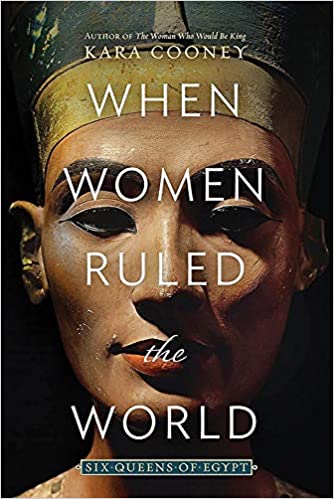
Given her legendary historic status, it should come as no surprise that Nefertiti has been featured in various movies, books, TV shows, and other pieces of art over the years. We can’t possibly list all examples but here are some of the more famous and curious ones, starting with the 1961 movie Queen of the Nile, starring Jeanne Crain in the lead role.
There’s also the much more recent documentary TV movie Nefertiti and the Lost Dynasty from 2007. Representations of the Egyptian queen have also been featured in lots of TV shows such as Doctor Who’s 2012 episode Dinosaurs on a Spaceship where the queen was played by Riann Steele.
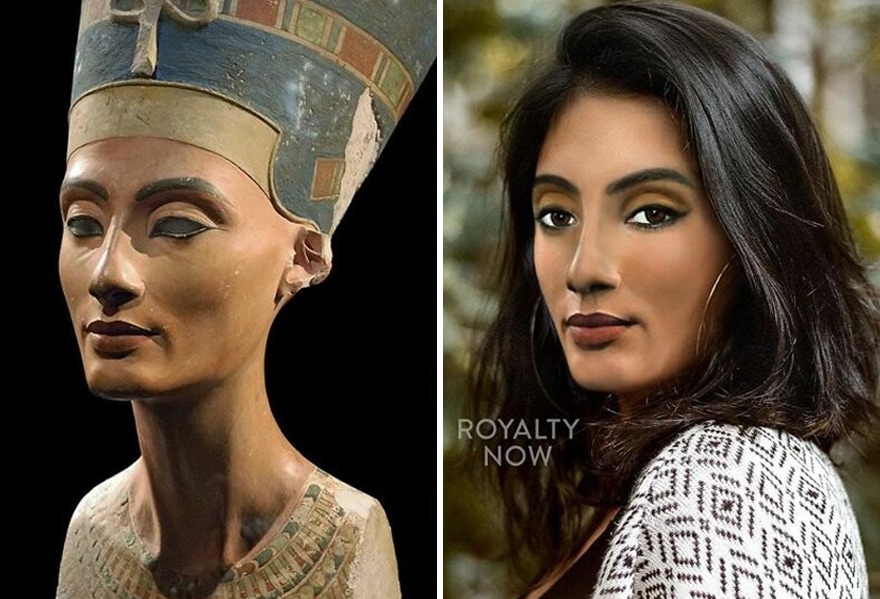
You can also check out the 1957 episode of The Loretta Young Show titled Queen Nefertiti where Loretta Young played the famous queen. Another example is the Pharaoh’s Daughter episode of the second season of The Highlander mid-90s TV series.
Several books have also been written about Nefertiti with a couple of recent examples being Michelle Moran’s Nefertiti and Nick Drake’s Nefertiti: The Book of the Dead.
Gamers may want to check out the 2008 Nefertiti board game or the also 2008 video game Curse of the Pharaoh: The Quest for Nefertiti. Lastly, jazz-lovers probably know the famous Miles Davis 1968 album named Nefertiti.
In Conclusion
Nefertiti is a legendary queen with countless books written and movies made about her. She’s famous for her beauty, charisma, and grace, as well as for both the love and hate her people had for her. However, for all that fame, it’s both enticing and frustrating how little we actually know about her.
We don’t really know who her parents were and whether she was related to her husband, Pharaoh Akhenaten, whether she had a son, or how exactly her life ended.
What we do know for certain, however, is that she was quite a remarkable woman with an even more remarkable life, regardless of which historical hypothesis for her life ends up being true. Beautiful, loved, hated, charming, and bold, Nefertiti definitely deserves her place as one of the most legendary female rulers in human history.
FAQs
Nefertiti was very much a historical figure. Much of her past is unknown today and historians continue to argue with various competing hypotheses over her death, in particular. However, that mystery has nothing to do with the actual Egyptian mythology and Nefertiti was purely a historical figure.
Many people today wrongly assume that Nefertiti was a mythological figure or even a goddess – she wasn’t. As a historical figure, she was the wife and queen of the Egyptian Pharaoh Akhenaten. Granted, Egyptian pharaohs were often worshipped as gods or demigods themselves, however, even that wasn’t the case with Nefertiti. That’s because Nefertiti and her husband failed to establish the religious cult of the sun god Aten they tried to impose over the traditional Egyptian polytheistic pantheon. So, Nefertiti wasn’t even worshipped as a demigoddess the way other queens and pharaohs were.
Reports are a bit mixed on how the Egyptian people viewed Nefertiti. It’s believed that many did love her for her beauty and grace. However, it seems that many people also hated her because of the religious fervor with which she and her husband tried to impose the sun god Aten’s cult over the worship of the previously polytheistic Egyptian pantheon. So, it’s not surprising that after Nefertiti’s and her husband’s deaths, the people reverted back to their original and widely accepted polytheistic faith.
The Egyptian queen is most well-known for her legendary beauty and the painted sandstone bust discovered in 1913 and currently displayed in Berlin’s Neues Museum.
We do know that Pharaoh Tutankamon, the son of Nefertiti and Pharaoh Akhenaten, had a lot of health problems. Most of those were – or seemed to be – standard inherited disease and genetic issues typical for children of inbreeding. Genetic analysis of the mummies of Tut’s other family members does suggest that Akhenaten and Nefertiti were likely siblings themselves. However, given the great timeframe of over three millennia, we can’t know for certain.
Nefertiti had six daughters with her husband, the Pharaoh Akhenaten. However, the daughter people usually ask for was Mekitaten (or Meketaten), as she died of childbirth when she was just 13 years old. One of the theories of Nefertiti’s fate is that she then killed herself out of sorrow for her child.
They are two completely different figures, yet, it’s understandable that many people still get them confused given how similar their names are. Nefertiti is the legendary and historical Egyptian queen and wife to Pharaoh Akhenaten. Nefertari, on the other hand, was wife to Pharaoh Ramesses II – the same pharaoh from the Biblical story of Moses and the Exodus of the Jewish people from Egypt.





